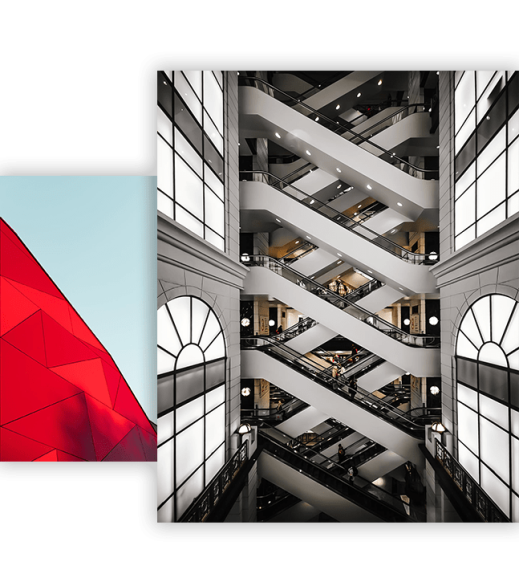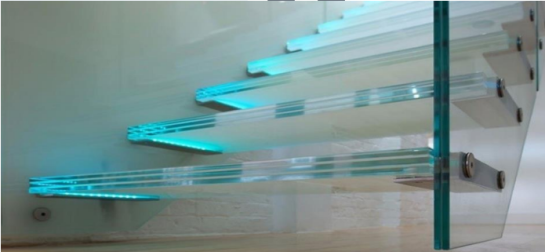Producions of Azinnama of pazh
,Tempered glass
Beautiful, environmentally friendly and safe
ادامه مطلب
Tempered glass is a type of strengthened glass that is produced
through a thermal process called thermal annealing
This type of glass is much stronger than regular glass and, if broken, breaks into small, blunt shards, reducing the risk of injury to humans
The thermal annealing process involves heating the glass to a high temperature and then cooling it evenly, which increases the strength and durability of the glass

,Laminated glass
Safe, durable, heat-resistant
Laminated glass is an advanced type of glass with unique properties that is used for a variety of applications in various industries. This type of glass consists of two or more layers of glass with a layer of polymer film between them, which are bonded and stabilized with high pressure and heat
ادامه مطلب

Double-glazed glass, preventing energy loss
Double-glazed glass or clear double-glazed glass is a combination of two separate pieces of glass bonded together by a metal, polyvinyl butyral (PVB) or argon gas interlayer. This type of glass has the most advanced light and heat protection technologies and is commonly used in buildings, cars and display cases
ادامه مطلب

